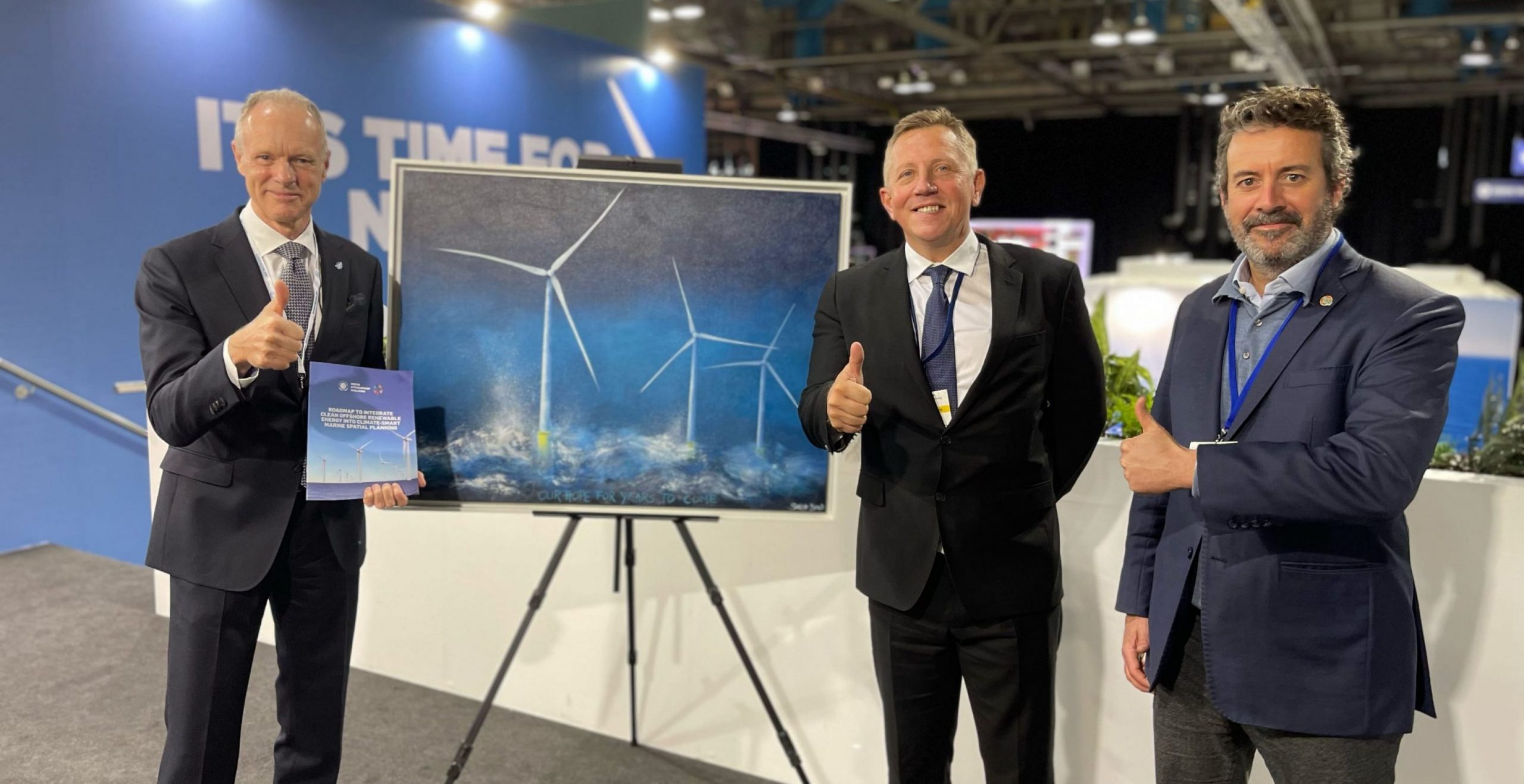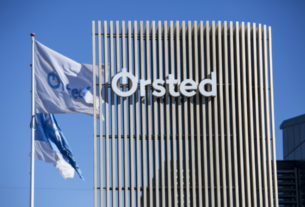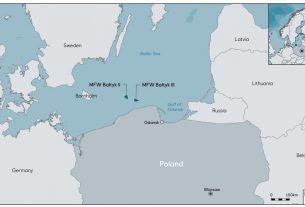United Kingdom – The UN Global Compact,together with the offshore wind sector and the marine planning community, launched a roadmap to expand offshore renewable energy using a climate-smart approach to ocean management.
To restrict global warming to a 1.5° C increase in line with the Paris Agreement targets, a major increase in renewable energy generation, particularly offshore resources, will be required. Offshore wind is one of the most promising clean energy sources, but it confronts issues fitting into an increasingly crowded marine region that is under pressure from ecological and biodiversity threats.
Leaders from the Global Wind Energy Council and IOC-UNESCO attended the UN Global Compact to express their support for the roadmap and to discuss methods to strengthen collaboration between business, government, and the marine spatial planning community.
Marine Spatial Planning is a multi-sectoral, participative approach for ocean and coastal zone planning and management. Notably, it can balance the renewable energy policies required to attain net zero aims with the biodiversity agenda and other ocean users such as fisheries, shipping, and coastal tourism. According to IOC-UNESCO, by 2021, over forty-five nations around the world will have either implemented or approved marine spatial plans, indicating a shift away from sectoral management and toward an integrated process.
The UN Global Compact plan encourages MSP to become more “climate-smart.” Climate change will have an impact on our seas, but just a few marine spatial plans presently incorporate climate change adaptation and mitigation into their aims and planning frameworks. A climate-smart strategy prioritizes space for climate-mitigation alternatives such as offshore renewable energy and nature-based mitigation and adaptation solutions such as marine protected zones (MPAs).
A climate-smart framework takes into account the socioeconomic aspect as well. Over the 25-year project lifetime of a 500-MW offshore wind farm, one offshore wind farm has the potential to produce 10,000 full-time jobs. Careful placement of future offshore energy installations in MSP using planning tools could have a cascading good effect on potentially less-developed coastal areas and disadvantaged people, providing a possibility for new decent green jobs as part of the energy transition.
The roadmap calls for eight actions:
- Recognize the importance of, and ensure implementation of, a climate-smart MSP process.
- Unlock public and multilateral financing to support countries advancing climate-smart MSP
- Improve knowledge and data-sharing on national and international levels
- Consider socio-economic considerations in planning decisions
- Strengthen the cross-border and transnational collaboration mechanisms on MSP and offshore renewable energy
- Ensure a stakeholder process that uses a climate-smart approach to minimize conflicts and maximize synergies between ocean users
- Strengthen the links between offshore renewable energy and biodiversity protection and restoration to maximize climate mitigation effects.
- Explore synergistic multi-use combinations that can speed up the transition to low-carbon and climate-resilient economies.




